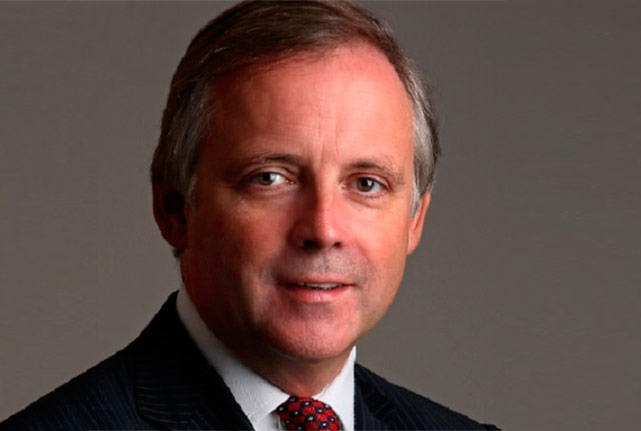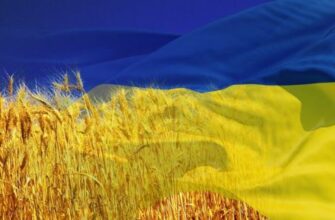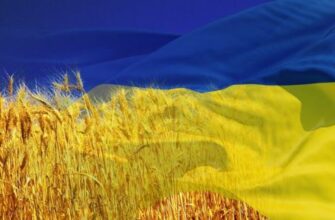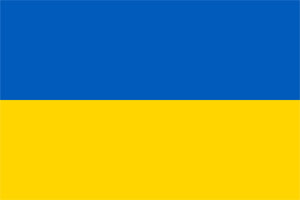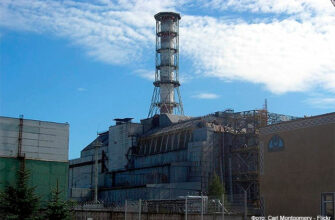Zelenskiy looks set to win … Polls show that Volodymyr Zelenskiy is best positioned to become Ukraine’s next president on 21 April.
… but Poroshenko is not yet defeated. Poroshenko recovered very strongly from a weak position late last year to make it to the second round of voting. He has considerable financial and administrative resources at his disposal. He has also had some support from senior US officials, although the White House is likely to hedge its bets.
Zelenskiy is setting out his policies. Zelenskiy is putting together a credible team and is starting to set out his policy priorities split between immediate (100-day) and longer-term objectives. Dealing with high-level corruption, pushing some delayed reforms and breaking up monopolies are amongst the most important.
Public debate may be decisive. Poroshenko’s campaign is expected to continue focusing on the themes of his slogan “Army, Religion, and Nationalism” and to attack Zelenskiy’s perceived weaknesses. The two candidates will debate key issues in the Olympic Stadium on Friday evening, 19 April, two days before the second-round election.
Limited options. The next president will have to continue working within the economic and fiscal constraints set by the IMF and the EU. There will be no major economic divergence between the two for several years. But a Zelenskiy presidency, if he pushed ahead with promised reforms, will likely see more investment sooner and that should create more favorable economic conditions from 2021.
The Rada will be more important. Not much will change in Ukraine until after the Rada elections, set for 27 October. The next Rada is expected to have a greater role, especially under a Zelenskiy presidency, and be more important in policy setting. The polls currently show that Zelenskiy’s Servant of the People party should be the biggest party but will likely need coalition partners.
Big debt payments due. Ukraine has to repay or refinance US$15.7 bln debt this year and the over US$20 bln due in 2020-21. The yield on Ukraine debt has fallen significantly since the start of this year and may continue to see compression if the next government delivers on reforms and adopts effective fiscal and monetary policies.
Dovish NBU. The NBU may start to cut the 18% benchmark rate as early as this month’s policy meeting. Inflation is now below 9% YoY and the markets are stable. But another of NBU’s concerns is political uncertainty and that will remain until after the Rada elections.
Bank sector is a challenge. The major challenge for the NBU is how to deal with the very high level of NPLs in the banks and to return to normal lending conditions. The NBU is conducting a stress-test on the major banks this year.
Moscow reaction. Moscow’s reaction to the presidential election may come early as the courts are due to consider the case against the Ukrainian sailors on 24 April.
